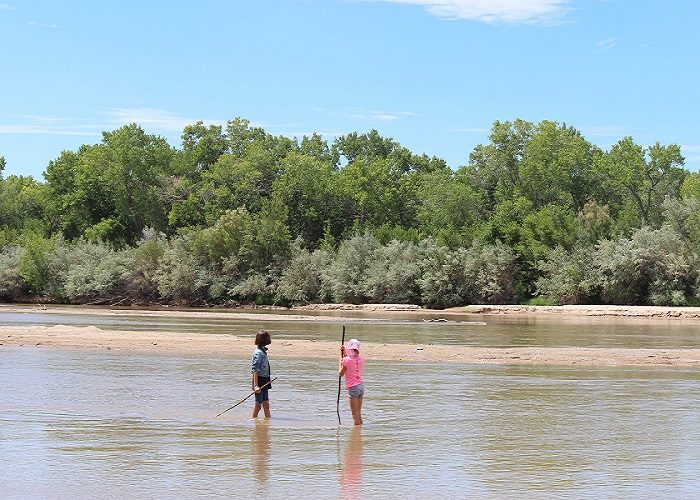In 2022 we marked 50 years since the Clean Water Act was enacted and our nation’s waters received a much-appreciated last-minute gift on December 29th. That’s when EPA Administrator Michael Regan signed a new rule defining the scope of “waters of the United States” protected under the Act. This regulatory definition is important because it defines which streams and wetlands are federally-protected against pollution, and which are not.
For decades, “Big Ag, Big Cow, and other industrial interests have fought to narrow the scope of federally-protected waters, while scientists, environmentalists, and impacted communities have sought to defend broad federal jurisdiction in light of the interconnected nature of rivers and streams. Because water – and water pollution – flow downhill, reducing and limiting pollution in upstream tributaries and adjacent wetlands is important to fully protect water quality in large rivers, streams, and lakes.
In 2019, the Trump Administration passed what became known as the “Dirty Water Rule” that stripped federal protections from vast categories of waters that had been protected for decades. While much of the national attention was focused on the rule’s gutting of protections for wetlands across the country, the Dirty Water Rule’s impact on streams in the arid West was no less dire.
By completely eliminating all intermittent streams from Clean Water Act protections, the Dirty Water Rule stripped federal protections from the vast majority of streams in the arid Southwest and left major western rivers, such as the Rio Grande and Colorado River, exposed to unregulated pollution flowing from their upstream tributaries. The rule was struck down by a federal court in 2021 and the agencies have since been following the pre-2015 regulatory regime.
In issuing its new rule, EPA described the brutal impact of the Dirty Water Rule on southwestern rivers, noting that in the first year after the Dirty Water Rule was put into place, federal officials concluded that every single one of the 263 New Mexico streams assessed were deemed intermittent and therefore lacking federal protections.
Similarly, 99.5% of more than 1,000 Arizona streams assessed were left without federal protection. The new rule restores federal jurisdiction over many of these smaller streams, ensuring, for example, that important intermittent tributaries to the Rio Grande will receive the federal protections needed to maintain the river’s “chemical, physical, and biological integrity.”
While Big Ag is already sounding a shrill alarm that the Biden administration’s new rule represents an unprecedented governmental intrusion on private property owners, these complaints dramatically overstate the issue in several ways.
- The new rule does not significantly expand federal authority, but simply restores protections that had previously been in place for decades. In fact, it was the Dirty Water Rule that radically departed from how the Clean Water Act’s jurisdiction had been interpreted for decades, a departure which contributed to the Dirty Water Rule’s ultimate demise in federal court.
- EPA’s new rule does not extend to every dry wash or arroyo in the southwest, as critics maintain, but only to those which “either alone or in combination with similarly situated waters in the region, significantly affect the chemical, physical, or biological integrity” of traditional navigable waters, such as the Rio Grande.In contrast, “swales and erosional features (e.g., gullies, small washes) characterized by low volume, infrequent, or short duration flow” are categorically excluded from being considered “waters of the United States” covered by the Act. Finally, extending Clean Water Act protection to a particular stream does not mean that it can never be touched – merely that a federal permit is required before pollutants are discharged into the waterway.
While not perfect, EPA’s new definition of “waters of the United States” is a dramatic improvement over the Trump-era Dirty Water Rule. In contrast to the prior rule, the new rule recognizes the scientific reality that protecting water quality in major Western rivers, like the Rio Grande and Colorado River, requires limiting pollution in upstream tributaries, including ephemeral and intermittent ones.
In restoring federal protections to such upstream tributaries, EPA’s new rule should help ensure that the Clean Water Act continues to help maintain and improve water quality in the nation’s waterways for the next 50 years.
